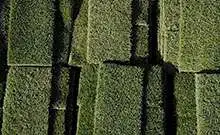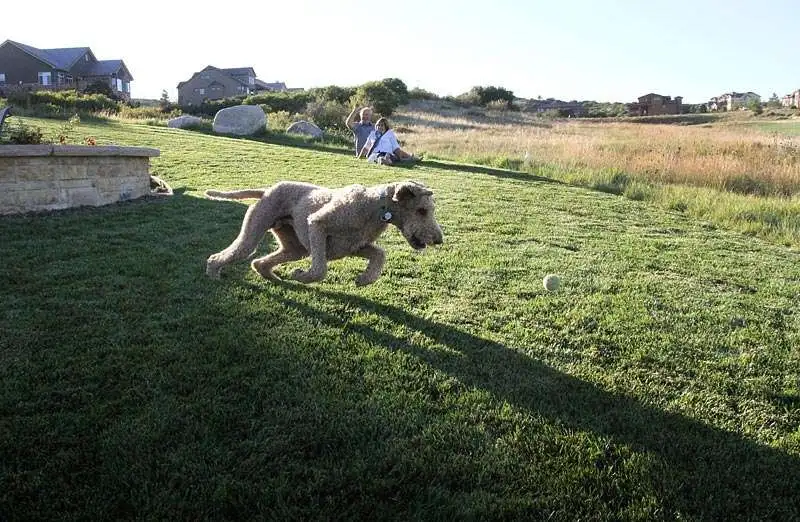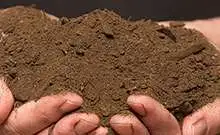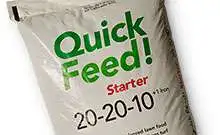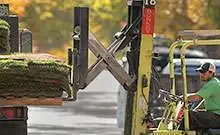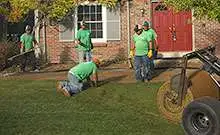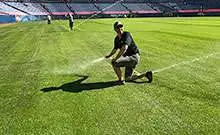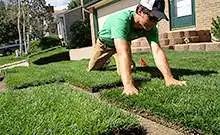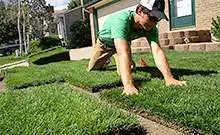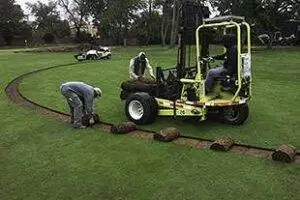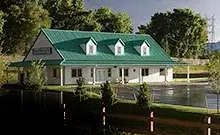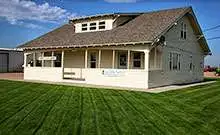PULL SOME PLUGS
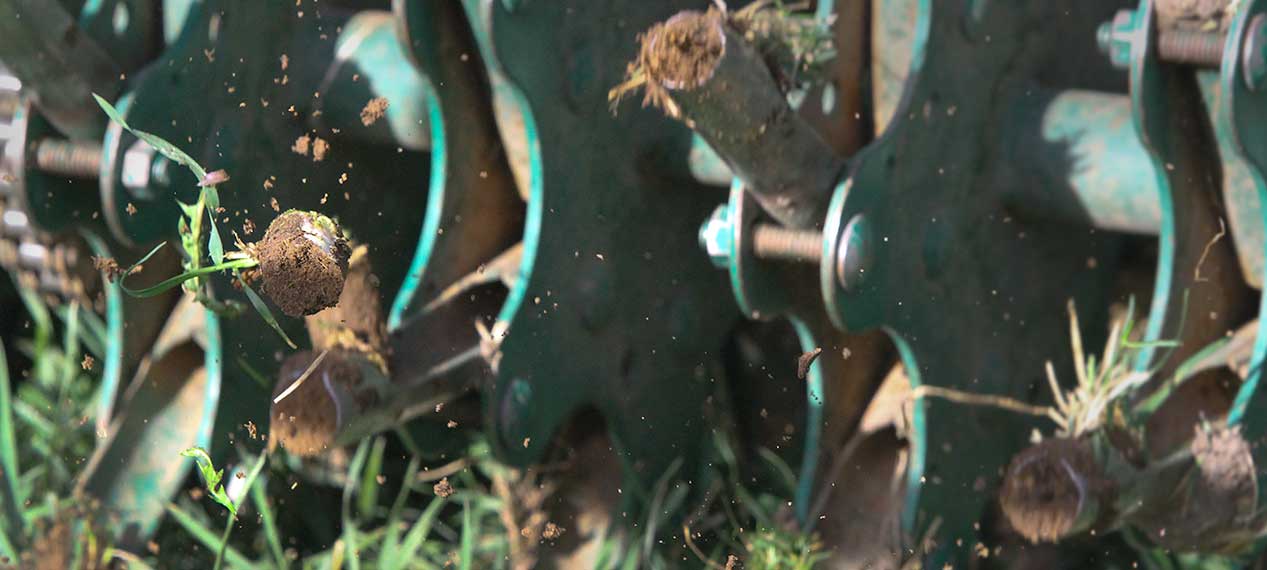
Core lawn aeration has many benefits
Spring has hit the Denver metro area and it is time to aerate your lawn. Core aeration is a great spring practice for many reasons. Aeration opens up the ground and allows air to get into the root system. Your lawn and soil need air to stay healthy and thrive. Aeration also helps get water and fertilizer deep into your root system. It reduces soil compaction and helps control thatch in your yard. Kentucky bluegrass generates new grass plants when underground runners or rhizomes are cut. Cut the rhizome and you get two new grass plants. If your lawn is weak or thin, aerating will help thicken it up. Water, aerate and fertilize. In a few weeks your lawn will be thick and lush.
Different types of Aerators
There are three common ways to aerate your yard. Core aeration uses a round hollow tine blade that pulls a 2” to 4” long plug of turf out of your lawn. This is the most common and beneficial method. Core aeration will get more air into your yard and is the best at reducing thatch. The second method uses a blade tine that slices open your turf. Slicing your lawn also helps to thicken it up. The third method is spike aeration. Spike tines punch holes in your yard using a solid spike. This is the least visible method. In most cases, core aeration is the best and don’t worry about the plugs, they will disappear in a week or two.
Aeration tips and tricks
Your yard needs to be soft enough to push a screwdriver in a few inches but not overly wet. The day before you are going to aerate, water the ground to soften it or time the aeration with natural precipitation. Flag all sprinkler heads so you can avoid hitting them. Now core aerate your yard. Depending on the spacing of the tines, you may need to make three to four passes. If you have thick thatch, the more holes the better. It is best to leave the plugs on the yard unless you have compacted soil. Rake up the plugs to relax compacted soil. If not, leave the plugs. After a heavy aeration, you can break up a thick layer of plugs using a leaf rake or drag a piece of chain link fence over the area. Spreading out the plugs helps reduce the thatch layer. Now it is time to fertilize and get some food into your lawns’ root system.

